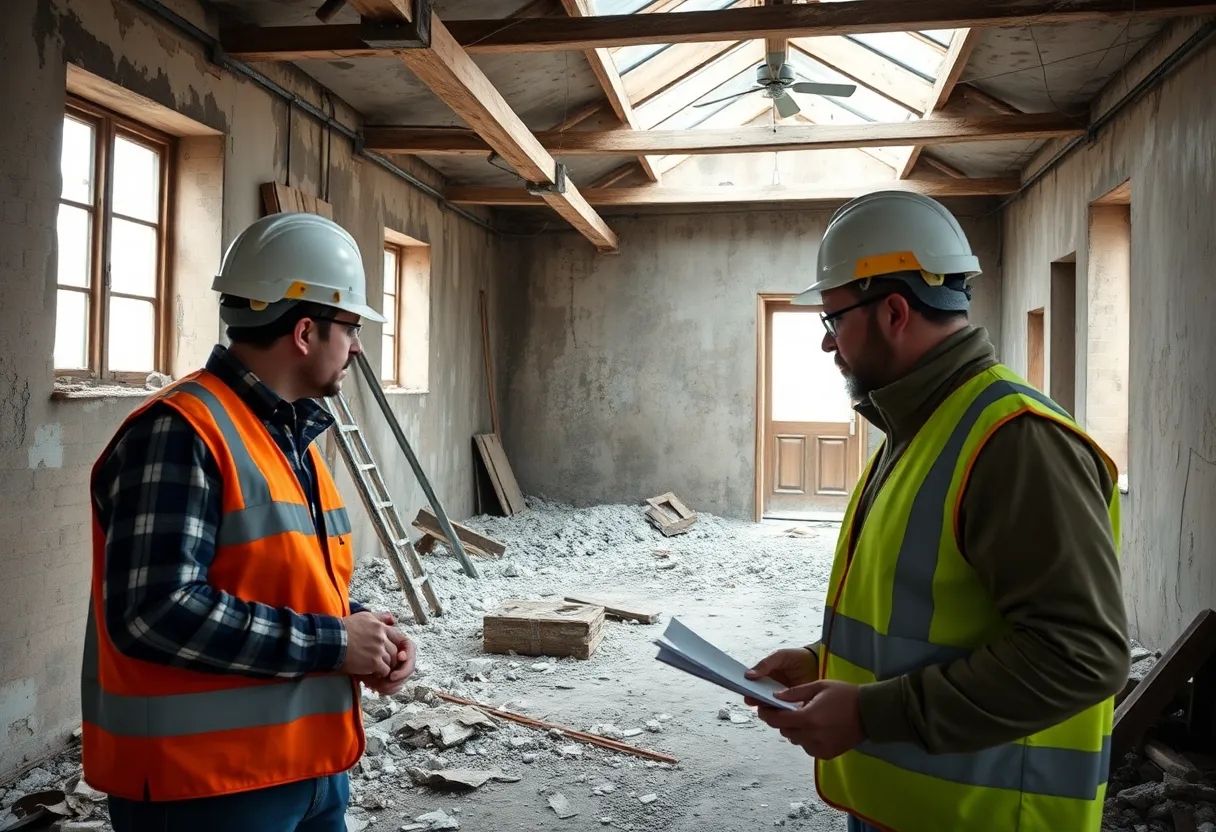News Summary
The EPA’s ban on chrysotile asbestos marks a pivotal shift in public health policy, aiming to eliminate a major health hazard linked to lung cancer.
The U.S. Takes a Stand Against Chrysotile Asbestos: A Ban That Affects Thousands
The Environmental Protection Agency (EPA) has made a groundbreaking move by banning the import and use of chrysotile asbestos, a controversial mineral notorious for its detrimental health effects. This decision marks a pivotal moment in the fight against illnesses stemming from asbestos exposure, particularly lung cancer, which claims the lives of approximately 40,000 Americans each year.
A Historic Ban on a Persistent Hazard
For a substance that has caused enormous public health issues, the initial attempt to impose a ban on chrysotile asbestos was halted by a federal judge a staggering 33 years ago. Despite this setback, the EPA’s recent ban aims to eliminate a significant health threat that persists in certain U.S. industries. Notably, chrysotile asbestos is still used in some products, including automotive parts, sheet gaskets, and brake blocks, primarily within the oil industry. This ban is particularly crucial as the U.S. was one of the few industrialized nations that still permitted the use of this harmful substance.
Global Context of Asbestos Bans
Globally, more than 50 countries have already enacted bans on chrysotile asbestos. Meanwhile, countries such as Russia, a leading producer, and China and India, among the largest consumers, continue to rely heavily on its usage. Experts have criticized the U.S. ban as a partial measure when compared to complete bans implemented in other nations, emphasizing the need for a more extensive prohibition that encompasses all forms of asbestos.
The Landscape of Asbestos Usage in America
At its height during the 1970s, asbestos consumption in the United States eclipsed 800,000 tons annually. Fast forward to today, and that number has dwindled to less than 1,000 tons being imported annually. The recent ban on chrysotile represents a necessary shift in policy in the face of overwhelming evidence linking asbestos exposure to grave health issues, such as asbestosis—a chronic lung disease caused by inhaling its fibers.
Regulatory Challenges and Bipartisan Support
In the past, federal court decisions weakened the EPA’s ability to restrict asbestos, leaving the agency ineffectively armed until recent legislative changes empowered them. The 2016 bipartisan congressional action allowed the EPA to confront the threats posed by asbestos and other toxins with renewed vigor. Under the current leadership, banning asbestos has swiftly climbed to the top of the regulatory agenda.
The Opposition and Its Ramifications
Despite the positive strides, there is notable pushback from the American Chemistry Council, which represents chlorine manufacturers. Opponents claim that the ban on chrysotile will disrupt chlorine production processes that are vital for pharmaceuticals, pesticides, and water purification. In response, the EPA has extended the compliance timeline for certain chlorine manufacturers from two to five years, giving them much-needed time to transition away from asbestos technology. Immediate prohibitions on asbestos imports for new diaphragms will take effect, while a phased-out approach will tackle asbestos-containing brake blocks and gaskets over the next six months to two years.
Calls for Comprehensive Legislation
Despite these measures, environmental advocates are intensifying their demands for a comprehensive ban that includes all forms of asbestos, not just chrysotile. As concerns linger about potential exposure risks, particularly for workers in construction, firefighting, and emergency response who are often in contact with older buildings, the fight for public health protections remains heated.
The Road Ahead: A Healthier Future?
As the U.S. takes a stand against chrysotile asbestos, it paves the way for a healthier future for millions of Americans. Yet, the conversation is far from over. The need for robust regulations and continuous advocacy to secure comprehensive bans against all forms of asbestos highlights the ongoing battle against this silent killer. As public awareness grows and legal frameworks evolve, the hope remains that the tragic history of asbestos-related illnesses will finally come to an end.
Deeper Dive: News & Info About This Topic
HERE Resources
Asbestos Discovery Sparks Safety Concerns at Perryville High School
Asbestos Company Hit with $16 Million Verdict Over Lung Cancer Case
Asbestos Dust: A Looming Health Crisis in Gaza
Asbestos Concerns Mount as Demolition Continues at Li’l Abner Mobile Home Park
Residents in Turmoil: Li’l Abner Mobile Home Park Faces Asbestos Controversy
Seattle Court Awards Family $16 Million in Asbestos-Related Lawsuit
Demolition of the Citizens Bank Building Underway in Jonesboro
Revolutionary Updates in Mesothelioma Treatment: ASCO Guidelines Unveiled
Inquest Initiated for Carpenter’s Asbestos Death in Romford
Inquest Begins for Woman Linked to Asbestos Exposure



















